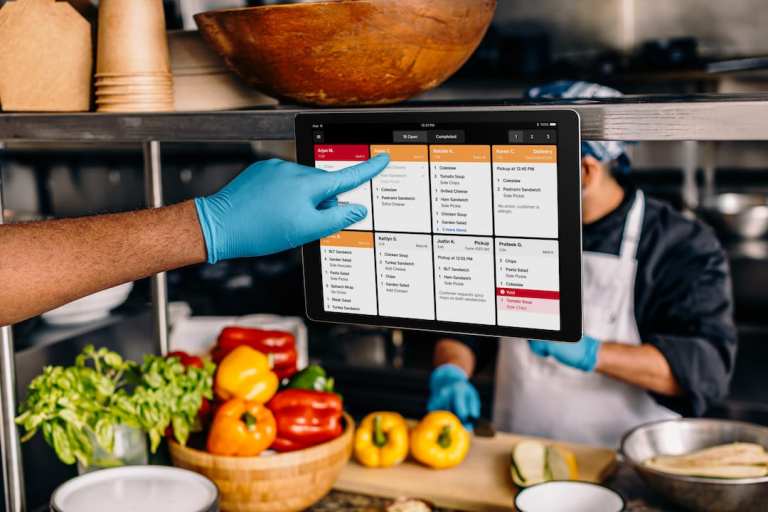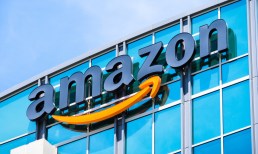The software will be available even in restaurants that don’t use a point of sale (POS) to take orders or for better functionality, the release stated. Some of those businesses just need a KDS to manage and fulfill orders from online venues or delivery partners.
Square originally debuted its KDS in November on Square for Restaurants Plus, according to the release. As a stand-alone solution, it can be useful for ghost or cloud kitchens, which operate independent of a restaurant and are only used for delivery purposes.
Square KDS’ goal is to make it easier for customers and cooks to communicate, cutting costs and making orders run smoother, the release stated. With the software, orders from anywhere, including physically in the dining room or from takeout, delivery or curbside pickup, are integrated into one central place.
There are other features like ticket timers and alerts, performance reports, and customized layouts and notifications, according to the release.
Square KDS is available in the U.S., U.K., Canada, Australia and Ireland, the release stated.
Advertisement: Scroll to Continue
PYMNTS reported in November that Square KDS is also a way for kitchens to be managed better, including kitchen performance reports that show how long a kitchen is taking to complete orders.
“Square KDS is built to help restaurants improve front- and back-of-house communication, improve ticket times and manage order flow from one central location,” said Bruce Bell, head of Restaurant Products at Square, said at the time.
In separate news, as of earlier this month, merchants are able to offer alcohol delivery through Square’s on-demand delivery option.
The orders are fulfilled through Square’s delivery partners like DoorDash, which has drivers verify customers’ ages. Online alcohol sales have grown more mainstream, especially with the pandemic as everyone primarily uses eCommerce-like services to buy most necessities.




